-
 © Tony Baker/Classic & Sports Car
© Tony Baker/Classic & Sports Car -
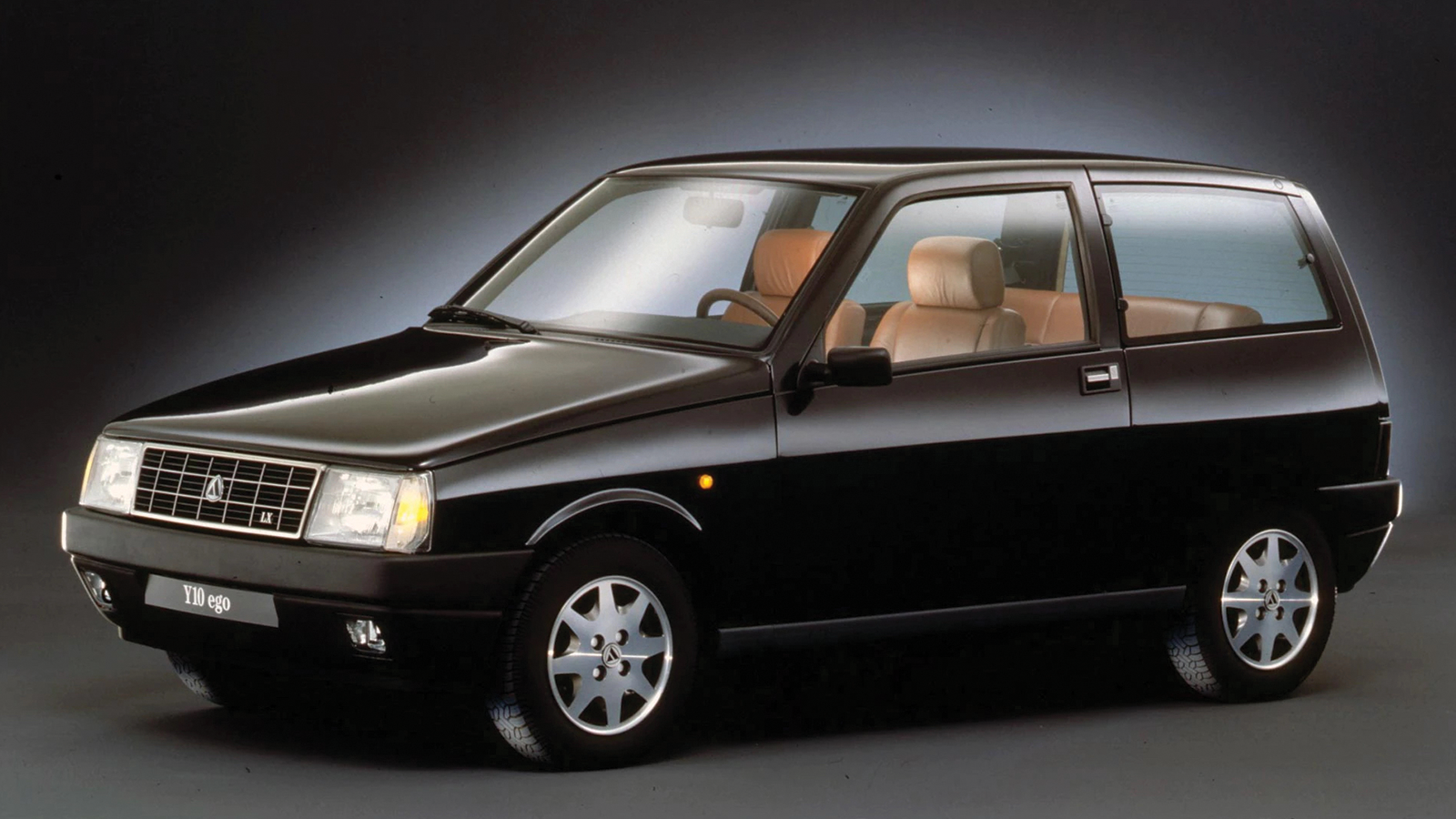 © Haymarket Archive
© Haymarket Archive -
 © Haymarket Archive
© Haymarket Archive -
 © John Bradshaw/Classic & Sports Car
© John Bradshaw/Classic & Sports Car -
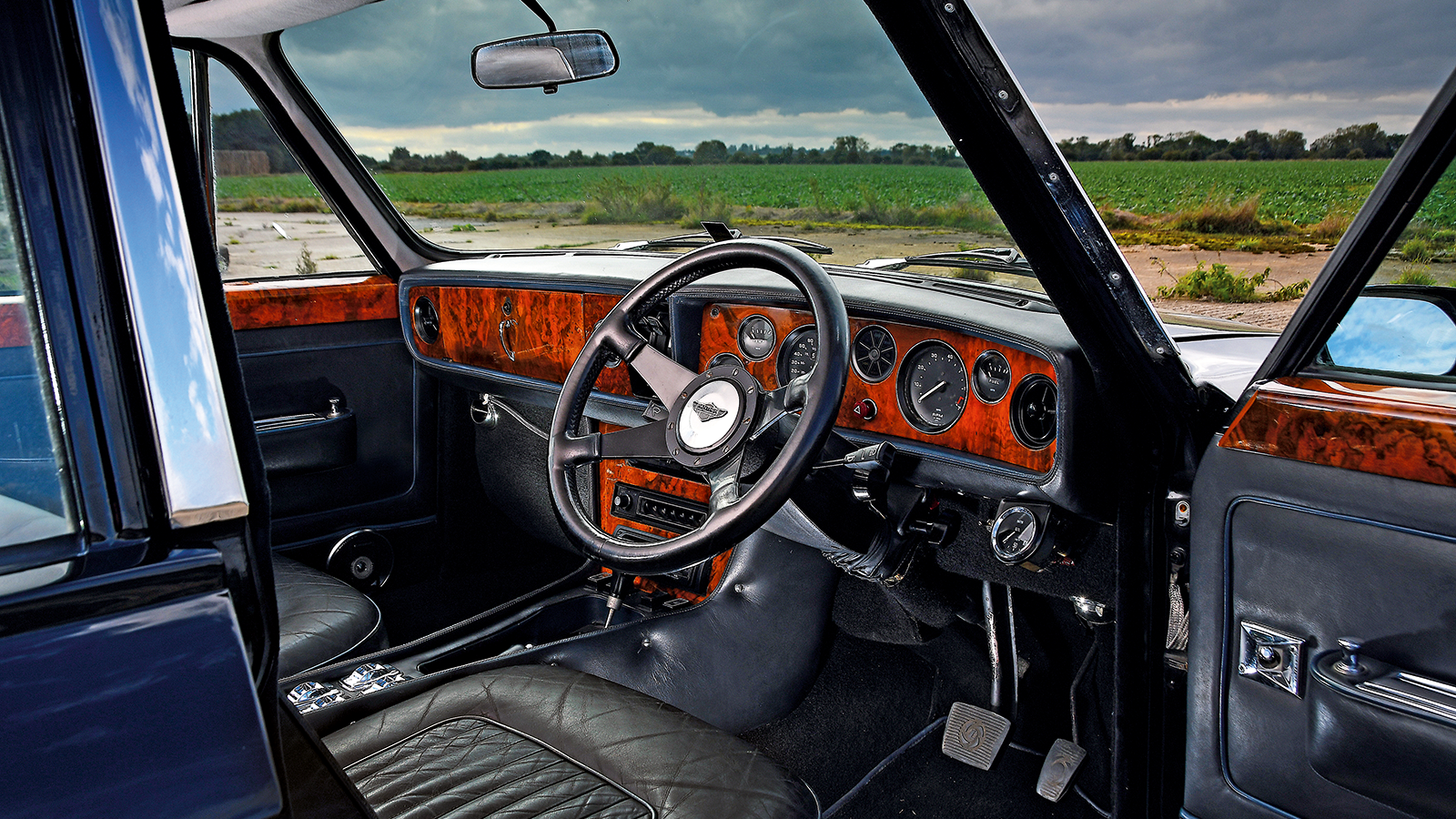 © John Bradshaw/Classic & Sports Car
© John Bradshaw/Classic & Sports Car -
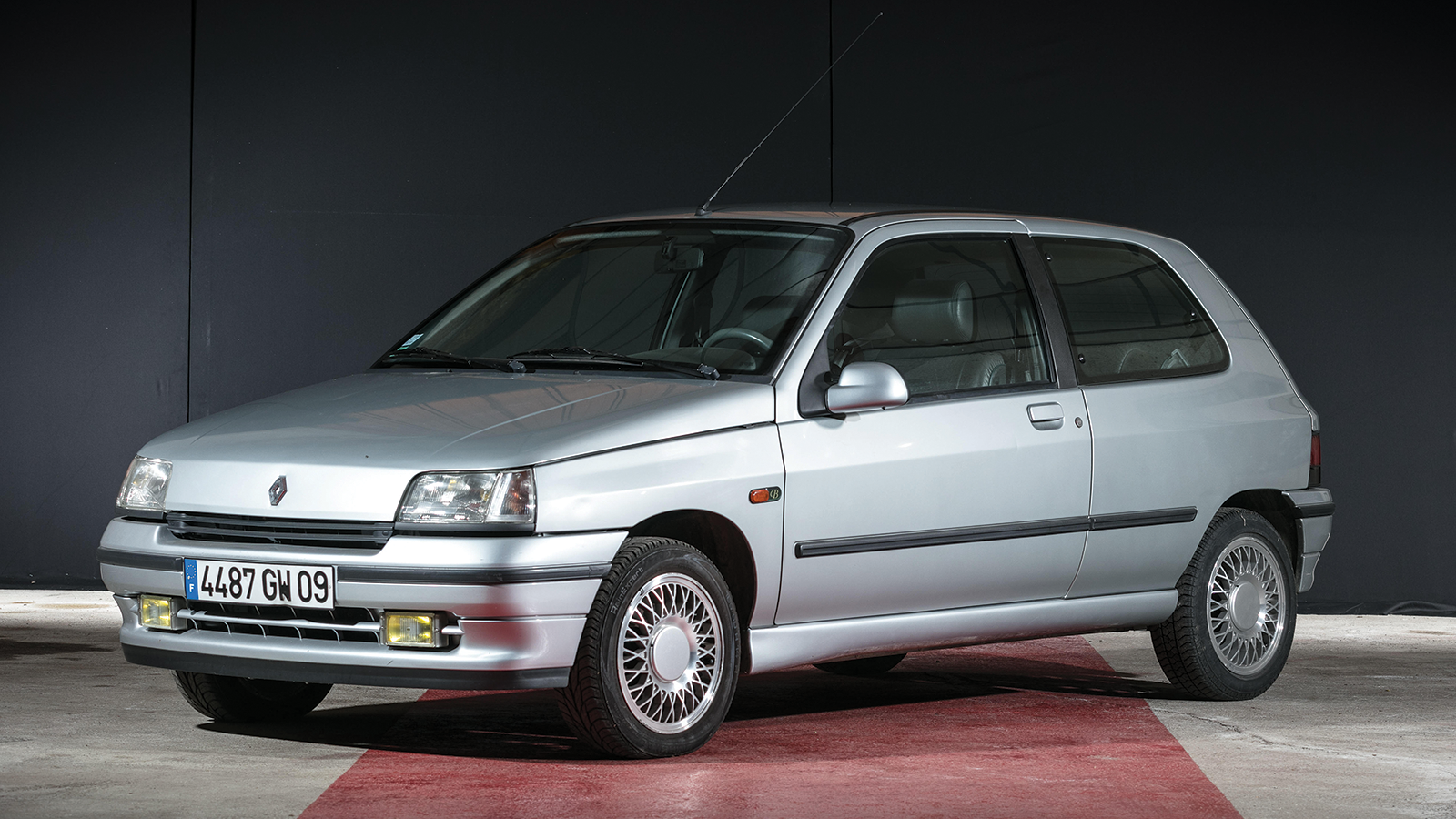 © Artcurial
© Artcurial -
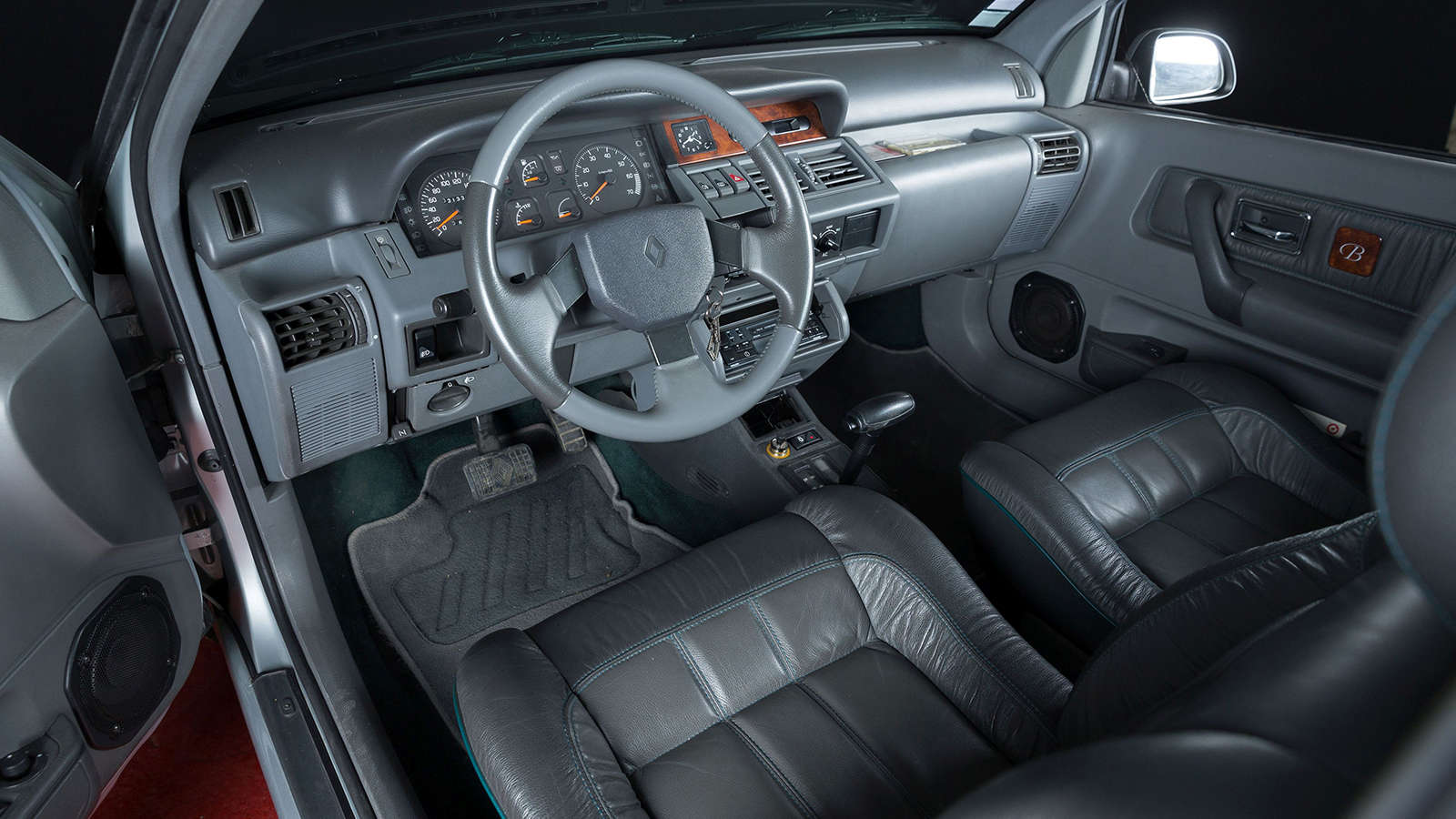 © Artcurial
© Artcurial -
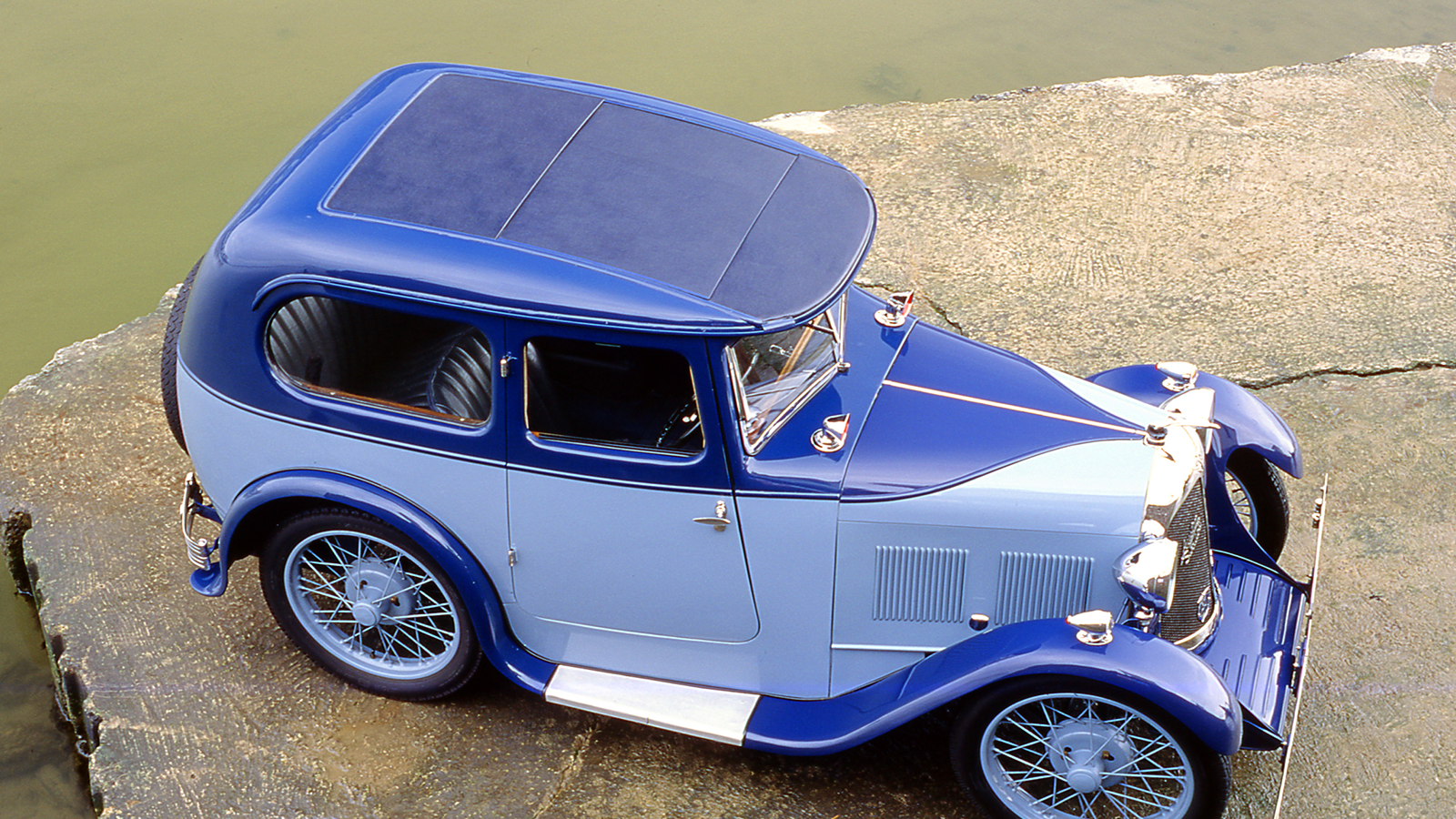 © Haymarket Archive
© Haymarket Archive -
 © Luc Lacey/Classic & Sports Car
© Luc Lacey/Classic & Sports Car -
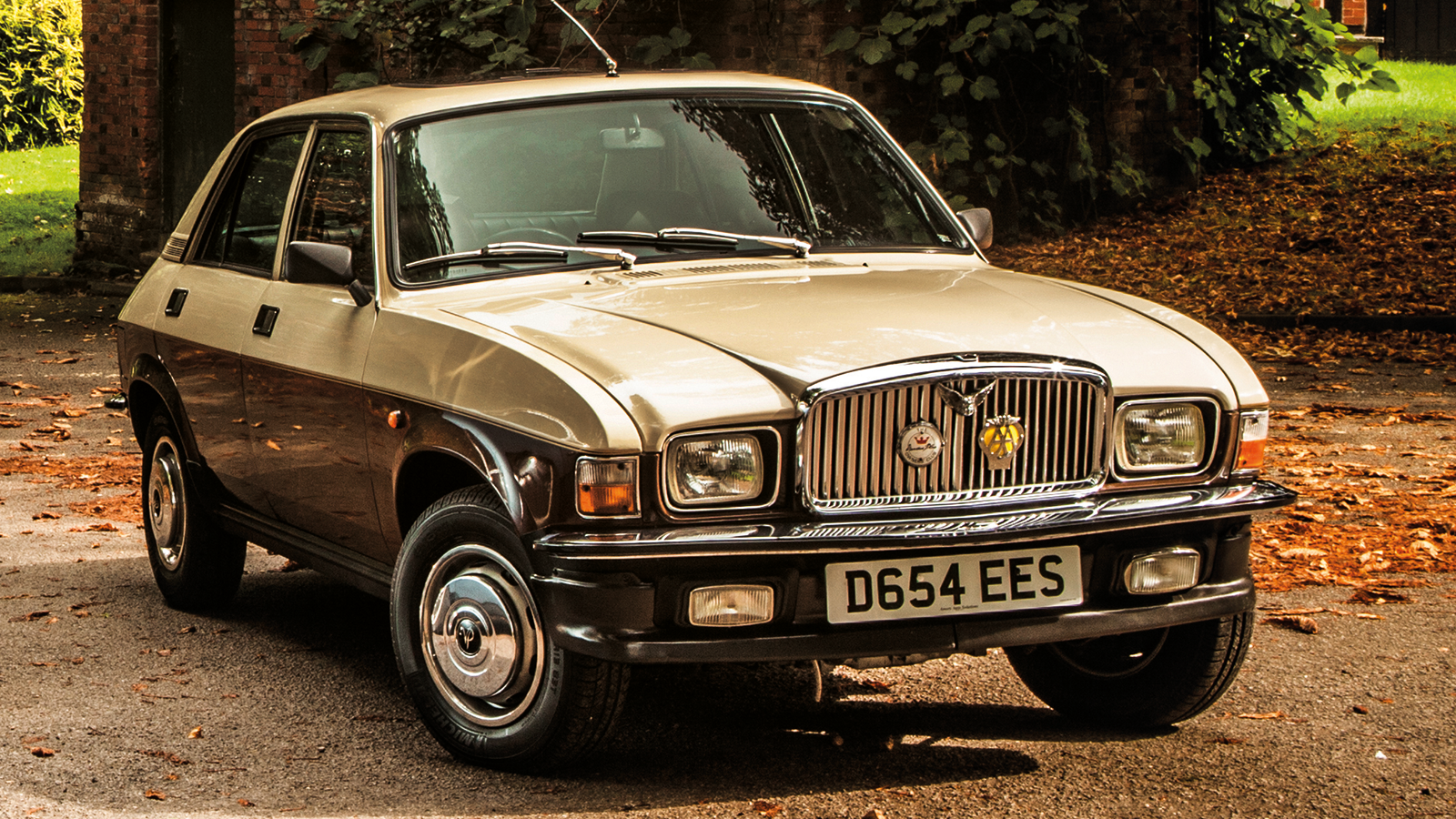 © Tony Baker/Classic & Sports Car
© Tony Baker/Classic & Sports Car -
 © Tony Baker/Classic & Sports Car
© Tony Baker/Classic & Sports Car -
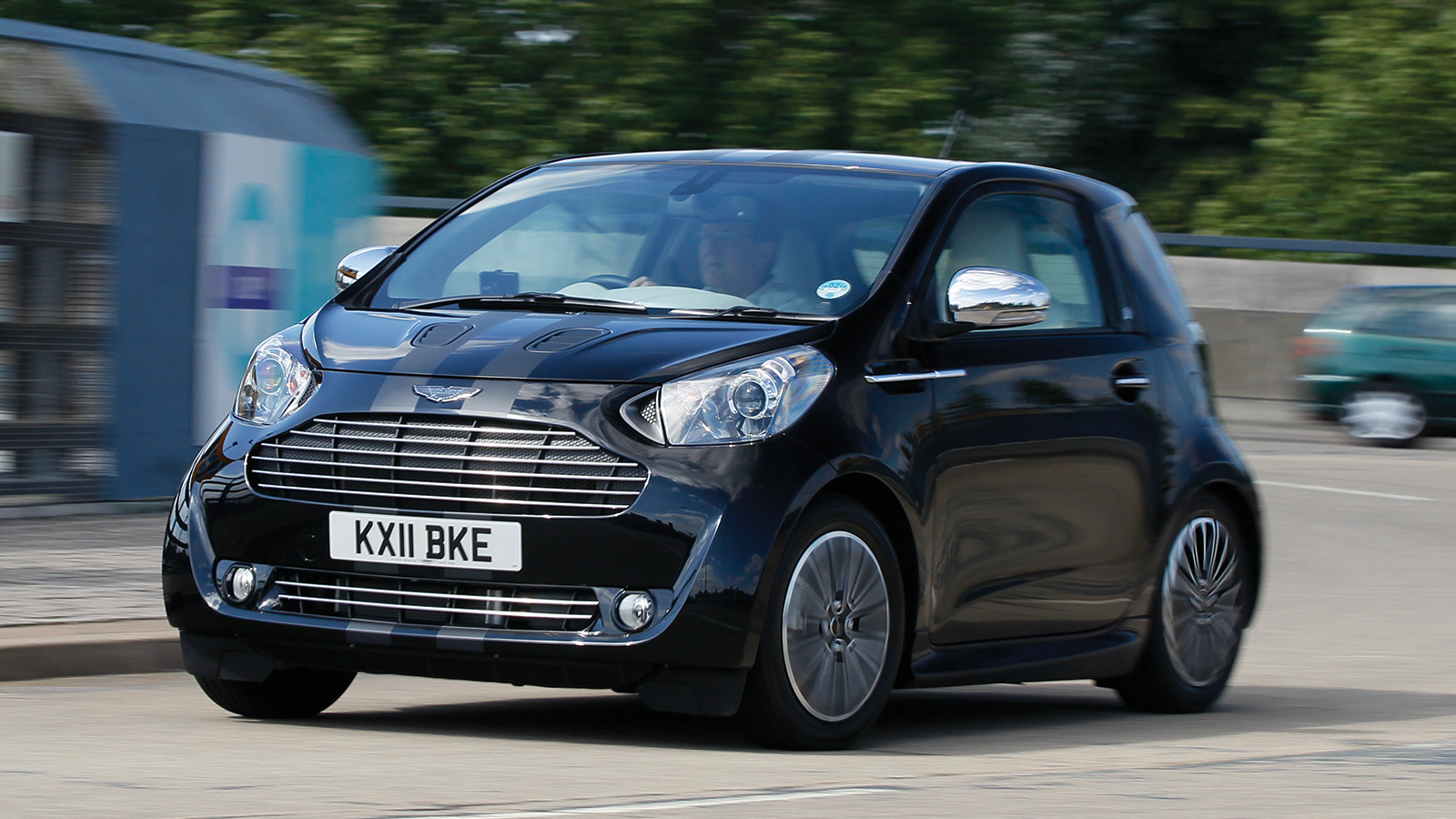 © Haymarket Archive
© Haymarket Archive -
 © Haymarket Archive
© Haymarket Archive -
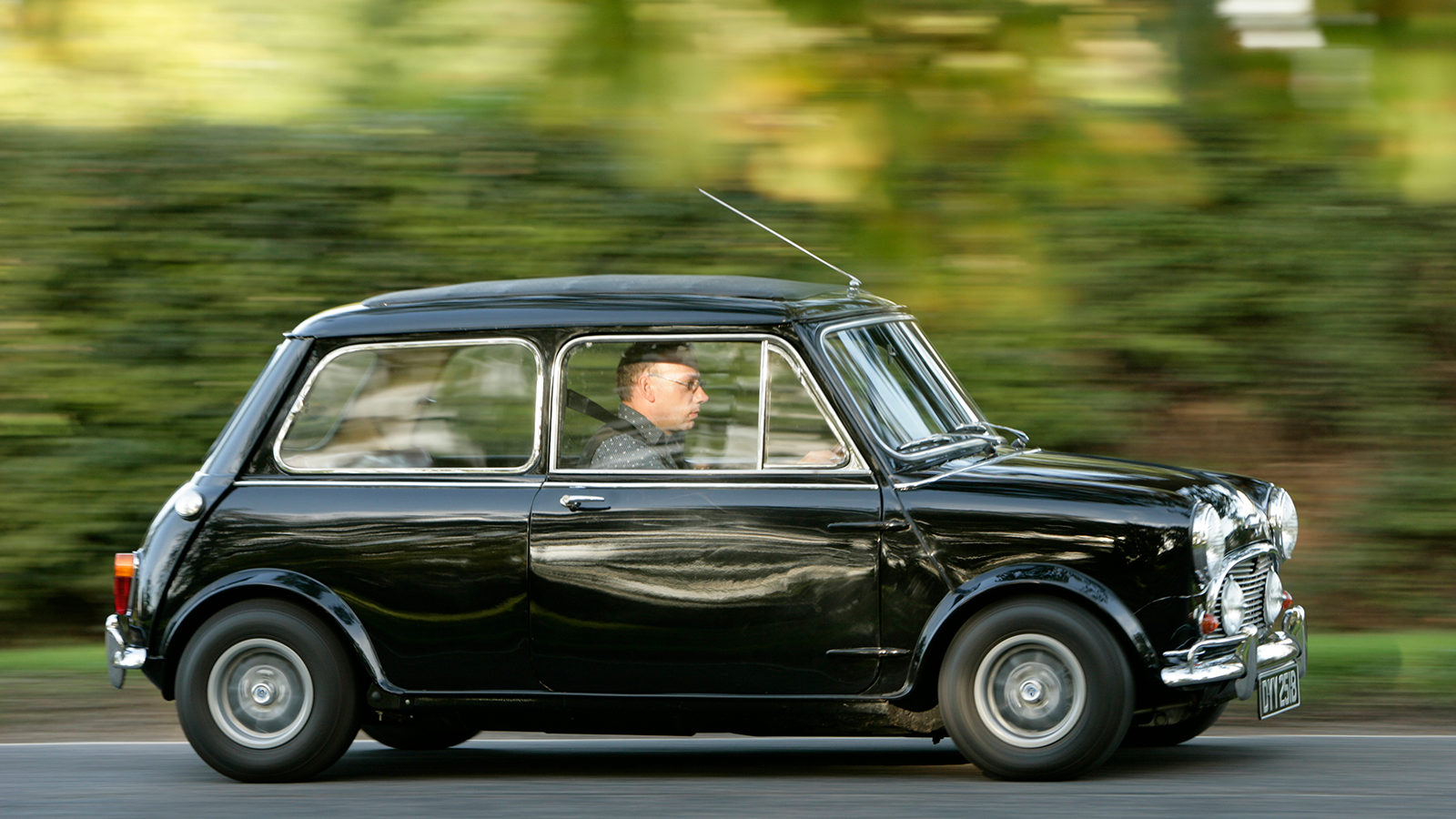 © Tony Baker/Classic & Sports Car
© Tony Baker/Classic & Sports Car -
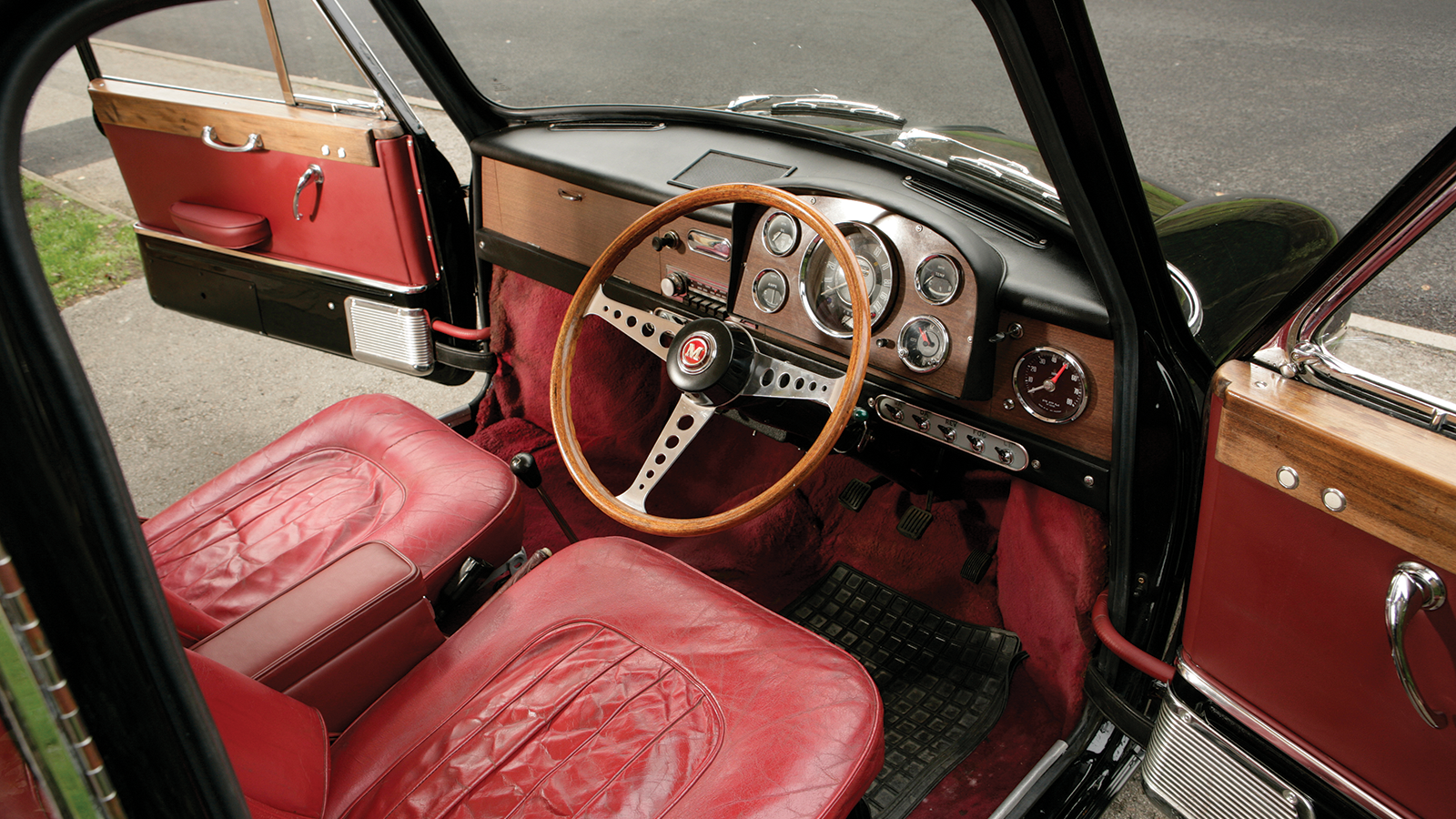 © Tony Baker/Classic & Sports Car
© Tony Baker/Classic & Sports Car -
 © Stone Cold Classics
© Stone Cold Classics -
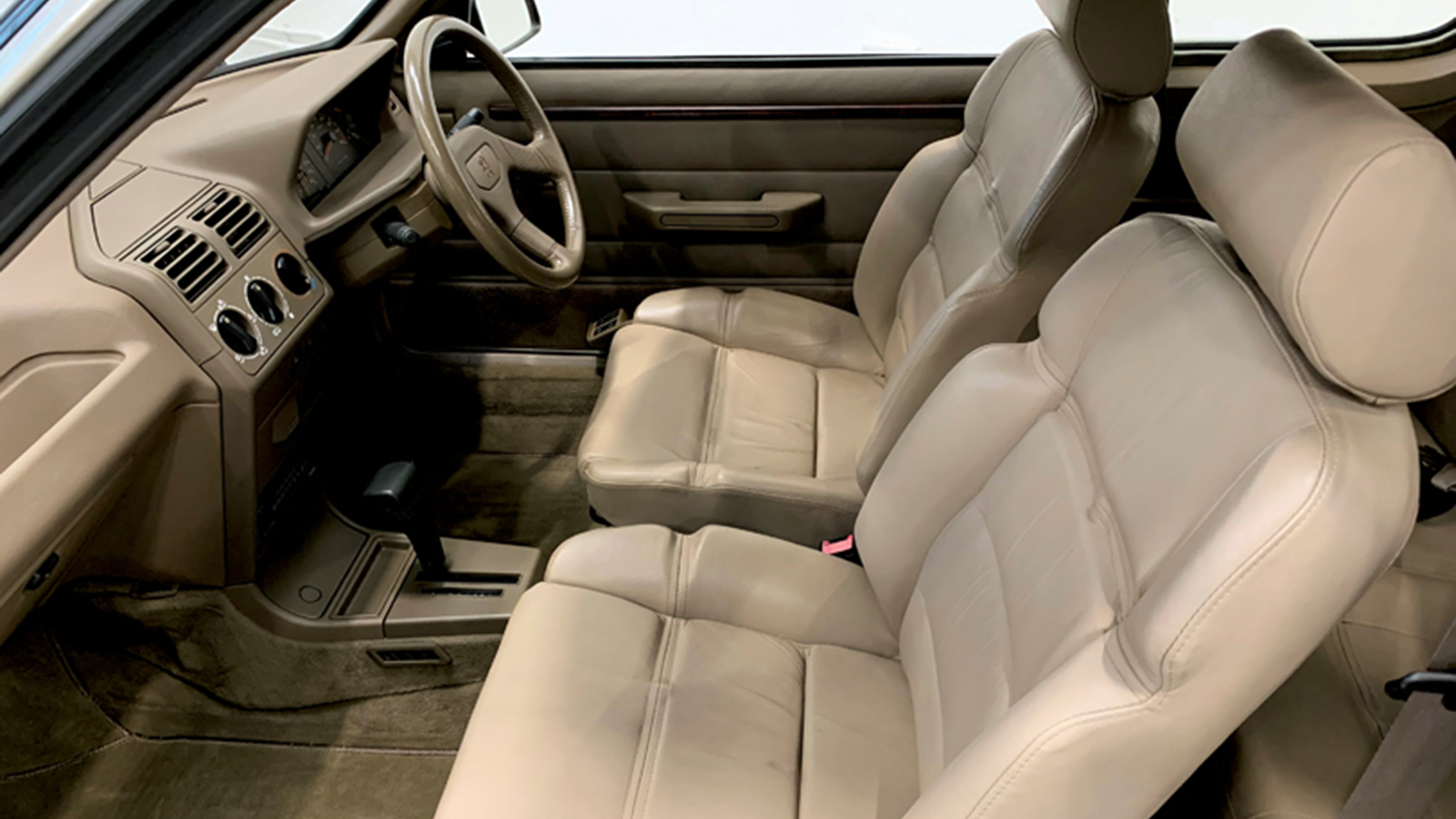 © Stone Cold Classics
© Stone Cold Classics -
 © General Motors
© General Motors -
 © General Motors
© General Motors -
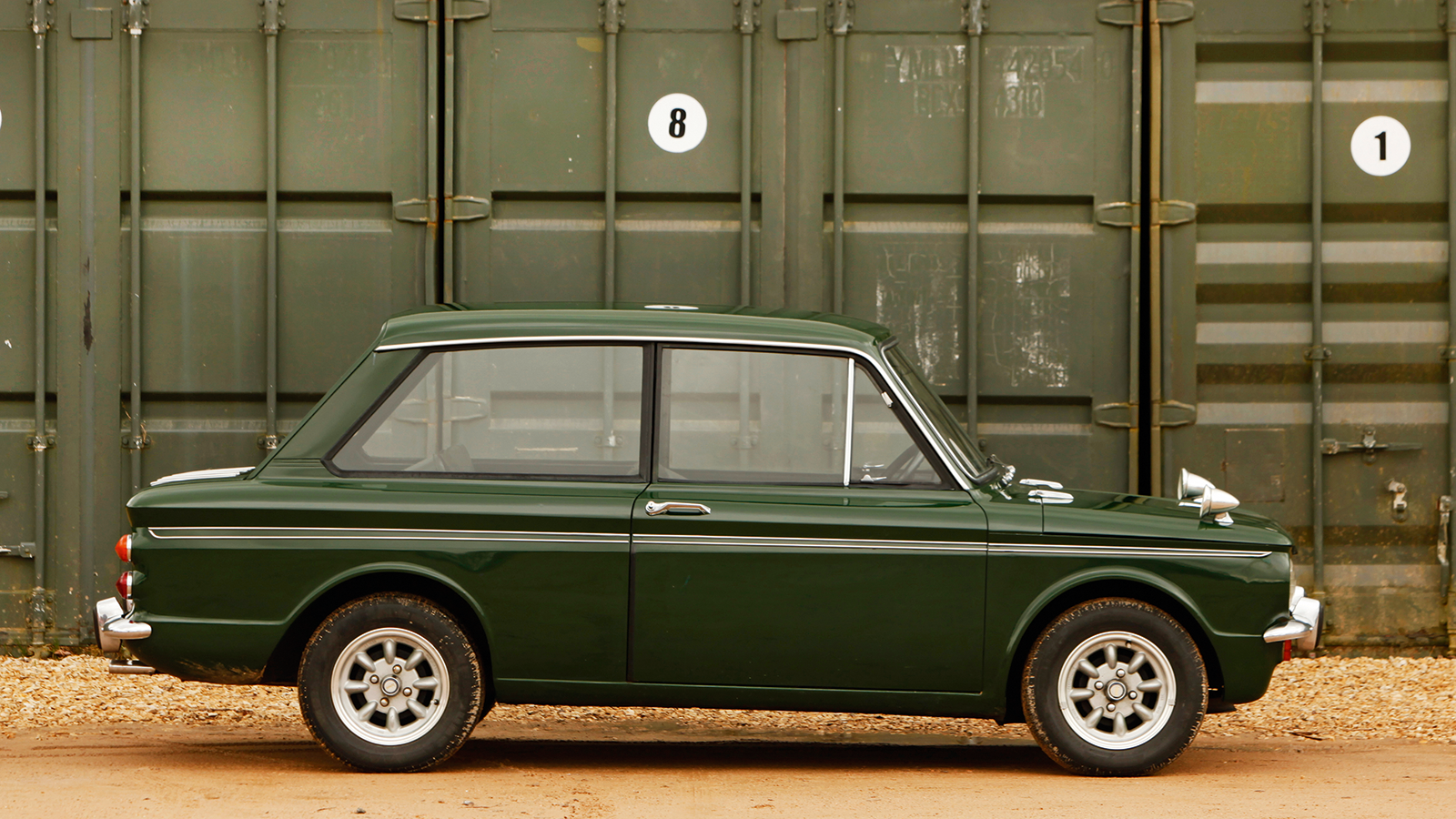 © Tony Baker/Classic & Sports Car
© Tony Baker/Classic & Sports Car -
 © Haymarket Archive
© Haymarket Archive
-
Small isn’t always cheap
If you’ve got the money for luxuries such as hide trim, cutting-edge technology and fancy paint options, you’ve probably got the money for a large car, too.
The primary benefits of small cars – that they’re cheaper to buy and run – sit at odds with extravagant specifications.
But occasionally, car makers have experimented with models that offer true luxury in compact packaging.
Not wanting to look as wealthy as you are is a very European obsession – but going without leather seats and air conditioning would be slumming it too far, right?
The manoeuvrability and ease of parking a small car are further immutable benefits in tight European cities, no matter how much money an owner has.
It’s unsurprising, then, that all but one of our 10 luxury small cars hail from Europe.
In all cases, these are cars that were more than just a top trim tier; they offered a level of ostentation not usually seen in cars of their size at the time, and often took the name of a luxury marque usually known for producing much larger cars, or even that of a non-automotive prestige brand.
While thoroughly interesting models when new and idiosyncratic classic cars now, many were flops in their day.
-
1. Autobianchi/Lancia Y10
Sold in Italy as an Autobianchi and everywhere else as a Lancia, the 1985 Y10 introduced the concept of ‘urban luxury’.
The hatchback was well-trimmed in all versions, with digital climate controls, an optional Alcantara dashboard and electric conveniences not seen on the similarly sized Fiat Panda.
Powered windows, central locking, a tacho and a split-folding rear seat are on all small cars today, but were reserved for Fiat’s larger cars at the time.
The Y10 shared much with the Panda, evident from the similar front end and the layout of the dash, but the bodywork and interior were unique.
Larger engines were on offer, but the softer suspension confirmed the Y10’s intention to be a more luxurious Panda alternative rather than a sportier version.
-
Autobianchi/Lancia Y10 (cont.)
The fuel tank even gained an extra seven litres, reflecting the Lancia’s greater touring ability.
The really luxurious Y10s were the special editions, however.
A collaboration with Italian furniture company Poltrona Frau resulted in an interior wrapped in a high-end ‘Bulgarian Red’ leather for the Ego (above).
Fashion designer Ottavio Missoni got involved, too, and the Y10 Missoni featured an all-blue colour scheme inside and out – except for the doors, which were finished in black on the outside and ‘hazelnut’ on the inside.
Anorak fact The Y10 sported an all-new rear axle design, the ‘omega axle’, which later went on the Panda (except for 4WD models of the Panda and Y10, which kept the old set-up)
-
2. Panther Rio
We must thank (or blame) the 1973 oil crisis for the Panther Rio.
Panther had been building Jaguar-based specials, but as the price of oil rocketed and fuel became scarce, founder Bob Jankel considered a smaller luxury model.
The Triumph Dolomite was chosen as the base car for its modern engines and upright driving position, and you could be forgiven for thinking the Rio was just a Dolomite with a big grille and some Connolly leather.
But Panther went much further, adding revised aluminium bodywork.
-
Panther Rio (cont.)
The Rio’s quality was universally praised, and the car fulfilled its brief as a compact Rolls-Royce surprisingly well.
But the cost of that handbuilt bodywork was astonishing, and only 38 were made.
A 16v Rio Especial cost £9445 in 1976 when a V12 Jag XJ was £7436, so it would take years to make up the difference in fuel savings.
Anorak fact Optional extras, including a fridge, TV, drinks cabinet and air conditioning, could push the Rio’s price well past £10,000
-
3. Renault Clio Baccara
The ’80s yielded plenty of sporty superminis, but Renault was one of the first to bring luxury to the segment.
First was the Supercinq Baccara in 1987, then the Clio Baccara four years later.
Multi-spoke alloys and grey Connolly hide provided an old-money look, but most impressive for a small car at the time was air conditioning – although right-hand-drive Baccaras missed out.
Most Baccaras were sold with tall-geared 1.7- or 1.8-litre engines, while lowlier Clios were rarely sold with anything larger than a 1.4.
Automatics were common, too.
-
Renault Clio Baccara (cont.)
The target market was as a second car in wealthy households, or a luxury car for young professionals.
It achieved the former to a degree, but grey leather and wood inserts dampened the youth appeal.
The Clio Mk2 dumped the name for the less ostentatious ‘Initiale’ spec.
Anorak fact For UK-bound Supercinqs, it was thought the name Baccara, French for the card game Baccarat, would not have the same draw, so ‘Monaco’ was used instead
-
4. Austin Seven Swallow
Proving that the luxury compact is almost as old as the small car itself, William Lyons’ Swallow provided a more generously appointed machine than the factory Seven on which it was based, while retaining low running costs.
The idea proved so popular that it basically founded Jaguar.
The first were built as open tourers in Blackpool in 1927, and demand was so high that Swallow moved to Coventry in 1928.
Production of a closed saloon began soon after.
-
Austin Seven Swallow (cont.)
Its rounded back and two-tone livery reflected styling trends of its day, and were unlike anything seen on either Austin’s own Sevens or other small cars.
The Swallow undercut similarly stylish models that were far larger, too.
Swallow would make 2500 of the cars, the majority closed saloons, as the firm morphed first into SS, then Jaguar, focusing on larger, more profitable machines.
Anorak fact The two-tone paint scheme used on most Swallow bonnets is known as ‘pen nib’: from directly above, it looks like the nib of a fountain pen
-
5. Vanden Plas 1500/1.5/1.7
Any number of badge-engineered BMC and British Leyland offerings could make this list, but it’s the bizarre-looking Allegro-based car that makes it in.
The Vanden Plas 1500 (later badged 1.5 and 1.7) was the halo model of the Allegro range.
The entire Connolly leather interior was trimmed by the Kingsbury Works in Harrow until 1979, when the site was closed.
Trimming moved to the MG factory at Abingdon, but when that shut the model was quietly dropped.
Inside, thanks to its high-quality cabin, the Vanden Plas almost makes sense.
-
Vanden Plas 1500/1.5/1.7 (cont.)
It’s the exterior that made the car the butt of jokes for decades.
Like the Princess 1300, the 1500 needed a stately nose to be a Vanden Plas, but, unlike the former, it didn’t have the bluff front end that suited a large, upright grille – so the Allegro got a pig-like snout, with the square grille jutting out of an otherwise round car.
Anorak fact All Allegro-based Vanden Plas were delivered with at least 100 miles on their odometers.
They were driven, not transported, to the separate facility where their interiors were fitted, with the driver using a basic dummy seat
-
6. Aston Martin Cygnet
The Cygnet is the only car here that its manufacturer didn’t really want to make and, with just 786 built, it’s also one of the rarest.
In the early 2010s Aston Martin was struggling to meet corporate CO2 emissions targets.
Bentley, Lamborghini and Ferrari were all part of larger groups that could average out their gas-guzzlers; not so Aston, hence the Cygnet.
Taking Toyota’s existing iQ city car, Aston ploughed 150 hours into turning each car into a Cygnet.
-
Aston Martin Cygnet (cont.)
A new front end with DB9-style grille, fresh paint and alloys complemented an interior plastered in the same leather used across the rest of the range, making for a truly luxurious feel.
The Cygnet didn’t get close to the 4000 cars Aston had aimed to build, despite the offer of bespoke interior styling.
But the idea wasn’t completely bonkers: Cygnets have never really depreciated, and those who like them really love them.
Anorak fact Aston Martin briefly considered making a Cygnet with a 4.7-litre V8. Five years later, a fan commissioned the firm to build one
-
7. Radford Mini de Ville
The Mini was one of the first cars to make small cool.
Minis were driven by some of the most glamorous personalities of the 1960s, but many of those stars also wanted some luxury in their diminutive city runabouts.
The Cooper models, not to mention the Riley Elf and Wolseley Hornet, offered a few extra creature comforts, but it was coachbuilder Radford that created the definitive luxury Mini, the de Ville.
Previously known for its bodies for Rolls-Royce and Bentley, Radford received enough requests for upgraded Minis that it launched its own range of models.
-
Radford Mini de Ville (cont.)
Bespoke specifications were common, but the basic de Ville package added extra chrome to the exterior, Connolly leather seating inside and fine walnut dashboards to replace the Mini’s austere central instrument binnacle.
Usually based on Cooper or Cooper ‘S’ Minis, many Radfords were kept mechanically standard, although engine tuning from Downton or Speedwell was often included in the package to offset the extra weight of the Radford additions.
Anorak fact Peter Sellers, the man who had started the trend in luxury Minis with his Hooper Mini, later turned to Radford, picking up one of the hatchback de Ville GTs launched in 1965
-
8. Peugeot 205 Gentry
The 1991 Gentry took Peugeot’s all-conquering 205 GTI and swapped some sportiness for glamour.
The red flashes on the body became chrome, while thicker-spoke alloys were fitted and paint was limited to dark green or Champagne gold.
Featuring a detuned 1.9-litre engine from the GTI, the Gentry remained a relatively sporty drive, making use of 1.6 GTI brakes and suspension.
Except, that is, for the automatic gearbox all UK cars came with.
-
Peugeot 205 Gentry (cont.)
As a result, Gentrys have long been the temptingly cheaper almost-GTI, all coming with leather trim and electric sunroofs.
The Gentry was a limited-edition model in the UK, and only 300 were built in right-hand drive.
Anorak fact Thanks to its fuel injection, the Gentry didn’t feature the raised bonnet that graced most other automatic 205s.
The standard 205 auto was the only model fitted with a carb-fed variant of the XU engine, which required extra space in the engine bay
-
9. Cadillac Cimarron
The 1980s brought ever-growing success for foreign marques in the USA.
For Chevrolet, Buick, Oldsmobile and Pontiac this was mostly Japanese opposition, but for GM’s halo marque, Cadillac, BMW and Mercedes were most troublesome.
Cadillac buyers were getting older, and the brand didn’t have a rival for the BMW 3 Series and Mercedes-Benz 190E that were proving breakout successes.
And so, with much haste, in ’82 Cadillac engineered a top-spec version of the ‘J-platform’.
-
Cadillac Cimarron (cont.)
It was sold under all of GM’s US marques and in the UK as the Vauxhall Cavalier; the ‘Cimarron by Cadillac’ offered only a different grille, headlights and tail-lights.
There was some luxury, with leather seats, air-con and deep-pile carpets, but GM never gave it an engine buyers deemed worthy of a Caddy – at best you got a 125bhp, 2.8-litre V6.
Anorak fact The Cimarron was the first Cadillac with a five-speed manual transmission, and the first manual Caddy since the ’50s
-
10. Singer Chamois
The Chamois was introduced in 1964 to engender fresh enthusiasm for the Imp after early reliability issues.
The recipe included larger seats, a walnut veneered dashboard and better equipment inside: a tachometer, oil-temperature gauge and a heater blower – rarely found together in even top-spec versions of competitors such as the Mini, Anglia or Herald – were all standard.
It was more expensive than any of those rivals, too.
-
Singer Chamois (cont.)
Special hubcaps, a bigger grille, side stripes and unique paint colours differentiated the car on the outside.
Wider wheels provided improved handling, while increased sound-deadening made for a more serene driving experience.
Unlike most of the cars on this list, the Chamois actually sold well, with just under 50,000 produced.
Anorak fact A chamois is a European goat noted for its sure footing – a trait Singer hoped its car would share.
The name also gave synergy with the similarly bovid-themed Gazelle
